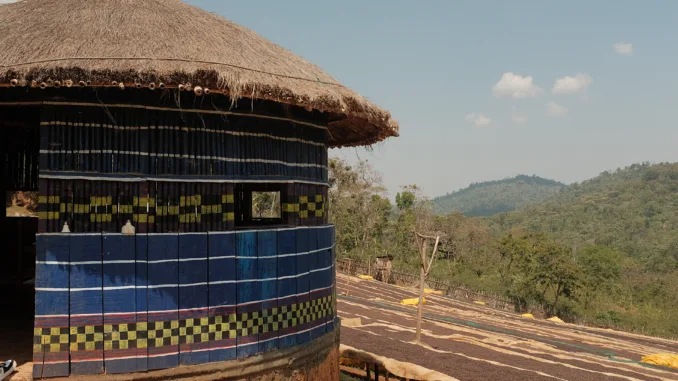
With washing stations serving hundreds of smallholder espresso manufacturers, Primrose Espresso Exporters is supporting strong point excellence in Ethiopia.
BY MICHAELA TOMCHEK
SPECIAL TO BARISTA MAGAZINE
Footage by way of Michaela Tomchek
Ethiopia, as we all know, is the hometown of espresso, and low maintains a solid pulse all over this magnificent nation. The fifth-leading manufacturer of espresso, Ethiopia in truth beverages part of what it produces. 1 / 4 of the inhabitants (more or less 15 million other people) depends on espresso as a supply of source of revenue, rising the crop all over Yirgacheffe, Sidama, Guji, and different outstanding areas.
Farmers are normally rising espresso on farms smaller than one hectare, identified on occasion as “lawn espresso.“ Bushes develop wild close to properties and in small plots intercropped with enset, or false banana. All over the harvest, farmers will collect their cherries by way of hand, and ship them to their within sight washing station. Those washing stations are in most cases run by way of some kind of exporting staff that then procedure, kind, and mill the espresso to be exported or bought inside the nation. The export-standard espresso will have to be exported, and the below-standard espresso is fed on in the neighborhood.
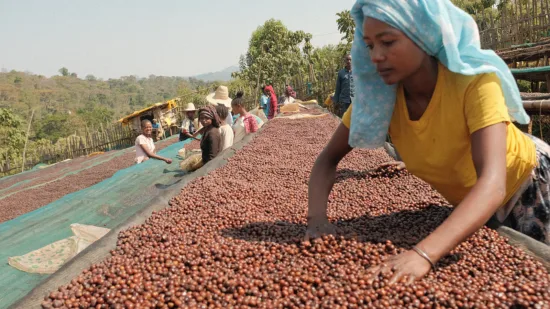
This kind of pivotal exporting teams is Primrose Distinctiveness Espresso, which began its operations again in 2010 with husband-and-wife duo Mr. Abreham Mengiste and Mrs. Meseret Workneh. Each started Primrose with already greater than twenty years of espresso revel in.
How Primrose Operates
Andualem Workneh, Meseret’s brother, is the overall supervisor for Primrose. “Primrose works with over 3,000 farmers within the Yirgacheffe and Guji areas; then again, by means of vertical integration, we additionally gather espresso from other spouse providers,” Andualem says. The corporate additionally works with farmers in Sidama. Primrose has a number of washing stations, every with their distinctive title and icon: Yirgacheffe Amenderaro Konga, Yirgacheffe Koke Shalaye, Yirgacheffe Haru Suke, Yirgacheffe Nenke, Yirgacheffe Gargari Gutity, Yirgacheffe Beyou Gersay, Yirgacheffe Aricha Wubanchi, and Guji Muje Mesina.
Farmers are generally paid immediately, consistent with Andualem. He says, “Via the top of the yr, we can pay a top class quantity in keeping with the volume they provided.” Espresso is a superb supply of source of revenue, however farmers additionally develop different greens and end result for his or her private intake and to promote at native markets.
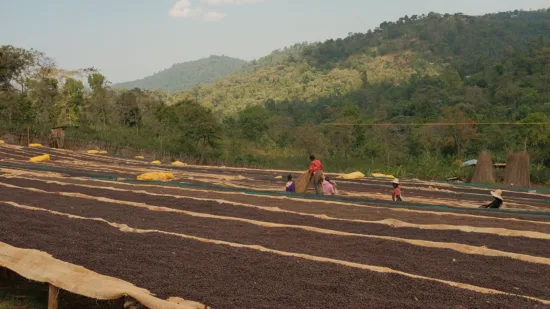
Primrose is repeatedly in search of techniques to make stronger the numerous farmers they paintings with. As an example, in Guji, Muje Mesina, along with an Australian spouse, Primrose used to be in a position to construct two water wells to offer blank water to the neighborhood. In Yirgacheffe, Konga Amederaro, a neighborhood college, used to be expanded to build extra school rooms, and faculty provides are donated to the scholars. More than a few neighborhood initiatives all over the Yirgacheffe area are supported by way of Primrose, in keeping with the native management’s call for.
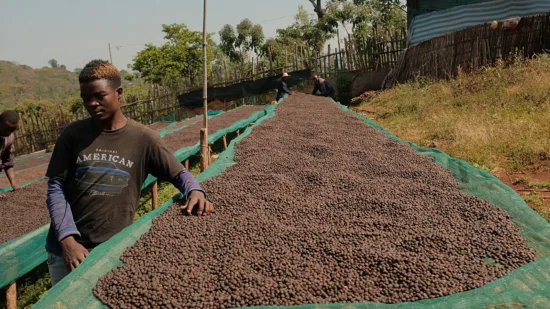
Fermentation Strategies
Along with conventional herbal and washed coffees, Primrose is operating with extra experimental processing strategies. They’ve mastered more than a few honey strategies: black, purple, and yellow honey. They’ve subtle their anaerobic herbal fermentation approach, developing a colourful and juicy cup. Primrose has additionally effectively produced a carbonic maceration espresso. Finally, the corporate has begun to make use of a technique known as the tremendous herbal procedure, which is the place cherries are closely layered to ferment on beds when drying within the open solar and being moved repeatedly.
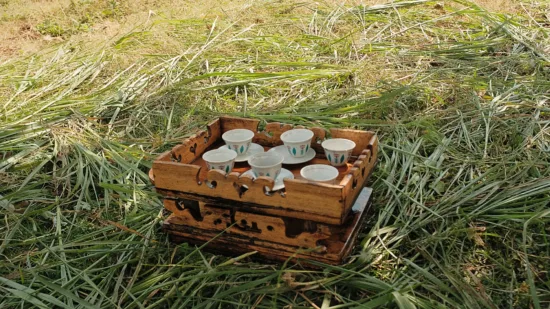
Espresso for Locals
Primrose additionally has a sister corporate known as Honeyed Drip Buying and selling Plc. They personal a espresso roastery and café known as Zing Espresso, hooked up to their place of business and lab in Addis Ababa. They roast and brew Primrose espresso and serve it to the locals to revel in—a good looking alternative to style some very good espresso!
Via operating with hundreds of manufacturers for processing, Primrose is in a position to ship outstanding coffees all over the arena and helps to make sure a vivid long term for espresso in Ethiopia.
ABOUT THE AUTHOR
Michaela Tomchek reveals espresso crucial a part of existence and the arena. She is an appreciator of the crop, the manufacturer, and the numerous cafés all over the arena serving gorgeous drinks. Recently, she writes about espresso, hoping to unfold her pleasure around the globe.
Subscribe and Extra!
Out now: It’s the February + March 2024 factor of Barista Mag! Learn it without cost with our virtual version. And for greater than 3 years’ value of problems, consult with our virtual version archives right here.
You’ll be able to order a difficult replica of the mag via our on-line retailer right here, or get started a subscription for twelve months or two.


Leave a Reply